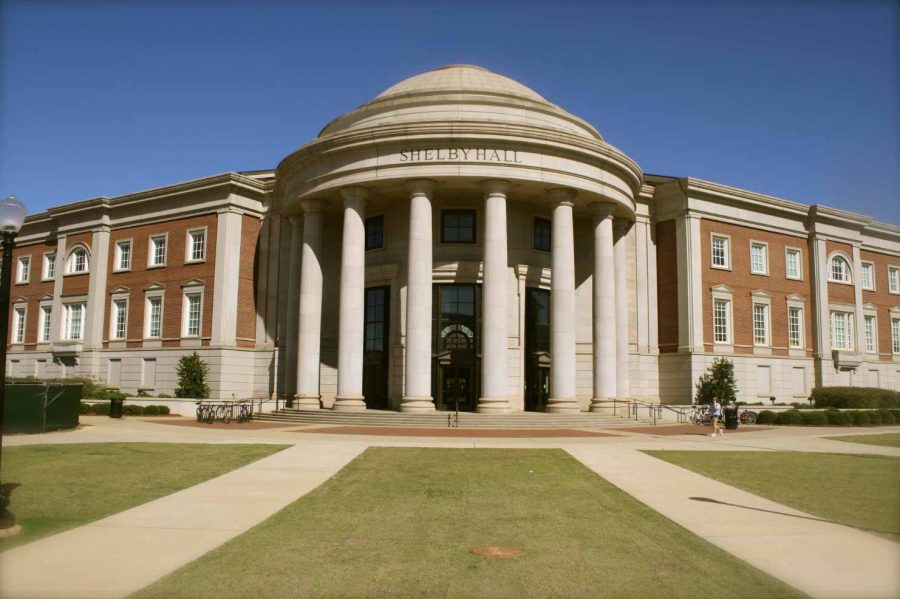Ten years, four buildings and $270,222,013 later, the Science and Engineering Quad on the northeast side of campus is home to new laboratories and state-of-the-art technology.
Shelby Hall, named for U.S. Sen. Richard Shelby and completed in 2004, has 70 research labs, five teaching labs, and a number of offices and classrooms. It cost $59,729,584 to complete and also has a glass-blowing facility, which makes some of the equipment used in research projects.
The Science and Engineering Complex was completed in summer 2009 for $70,595,277. The South Engineering Research Center, which opened in January 2012, is home to research in structures, dynamics, automotive combustion, electromechanical systems and embedded systems. It cost $69,897,152.
Completed and opened just this fall for $70 million, the North Engineering Research Center houses 59 research labs, five teaching labs and a 7,000-square-foot clean room.
“It’s just going to allow us to take a step ahead on both the research and the teaching fronts in the College of Engineering,” Charles Karr, dean of the College of Engineering, said. “So we’re really excited about the laboratories in the new buildings.”
One of the advanced laboratories is a room where the civil engineering department can test structures’ resistance to earthquakes. Concrete floors several feet thick are dotted by holes where engineers can bolt down structures. The room has an earthquake simulator that is pre-recorded with a few famous earthquakes, as well as the ability to simulate new earthquakes.
“I think our vision was to actually have undergraduate teaching labs immediately adjacent to the associated research labs, so that young people who were taking, say, a junior-level engineering course could kind of see the bare-bones kind of facility, but they could look right around the corner and see the exciting opportunities in advanced educational experiences in labs that are a little bit advanced that are really right next to the undergraduate labs,” Karr said.
Another new piece of equipment is a state-of-the-art chassis dynamometer, which measures the force, torque and power of engines by lining up the wheels of a vehicle with rollers in the floor. The dynamometer can support tractor trailers, and the room housing it is equipped with a wind simulator.
Just as The University of Alabama has grown significantly in recent years, the College of Engineering has also grown. In 2003, the entering engineering freshman class was around 350; this year, a little more than 1,200 freshmen enrolled through the College of Engineering.
“In the past few years, our enrollment has gone up a lot, so we have bigger class sizes or we offer more sections,” Alan Lane, a chemical and biological engineering professor, said. “So I find there’s always new challenges when things change like that. When I first started, we would be teaching 20-30 students at a time, and last semester I taught 110 students.”
The total enrollment of the College of Engineering is 4,491, making up around 13 percent of the student body. Not unlike the field of engineering nationwide, the College of Engineering has a very low female student population, with women making up only 21 percent of engineering students.
Eighty-three percent of the engineering students in the December 2012 graduating class were placed in full-time jobs or further education, with an average starting salary of $62,177, according to the most recent survey by the Career Services Center.
Clark Midkiff, chair of the mechanical engineering department, said the quality of students has improved and thinks this is due in part to the recruitment of high-achieving, out-of-state students.
The average ACT score of a freshman engineer in 2013 is 29.2, around five points higher than the average in 2005.
“We’re getting really bright young people,” Karr said.







